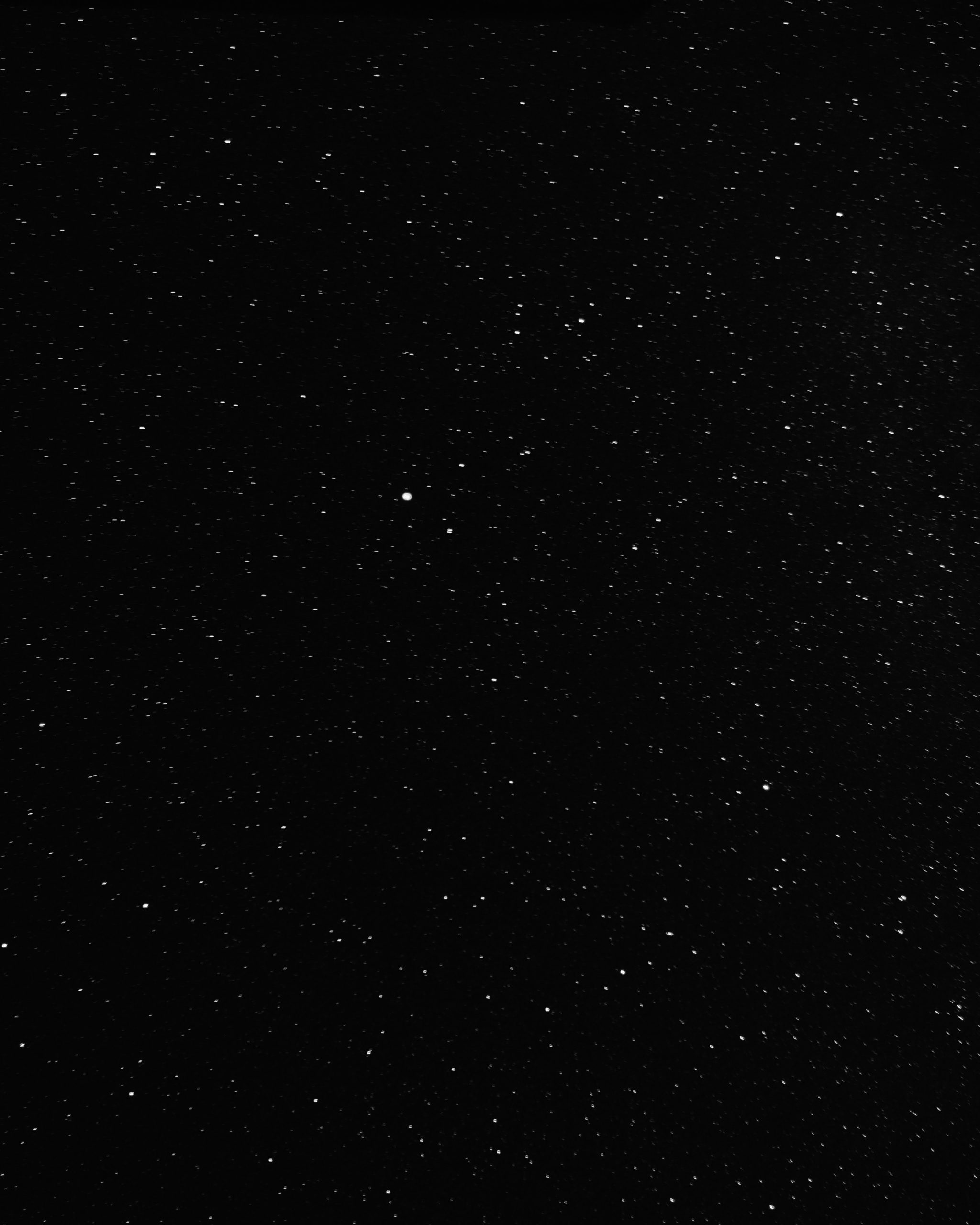Is a Waxing Gibbous a Full Moon?
When it comes to the moon and its various phases, there can be some confusion about what each phase represents. One such phase that often causes confusion is the waxing gibbous. Many people wonder if a waxing gibbous is the same as a full moon. In this blog post, we will delve into the differences and similarities between a waxing gibbous and a full moon, shedding light on this celestial phenomenon and hopefully providing some clarity on the matter.
Understanding Moon Phases
Before we dive into the specifics of waxing gibbous and full moon, let’s first have a brief overview of the different moon phases. The moon goes through eight distinct phases in its monthly journey around the Earth. These phases are:
- New Moon
- Waxing Crescent
- First Quarter
- Waxing Gibbous
- Full Moon
- Waning Gibbous
- Last Quarter
- Waning Crescent
Each of these phases represents a different amount of illumination on the moon’s surface, as seen from Earth. The cycle begins with the new moon, where the moon is not visible to us, and progresses through the waxing phases until it reaches the full moon. After the full moon, the moon’s illumination begins to wane until it reaches the new moon phase again, and the cycle repeats.
Defining a Waxing Gibbous
A waxing gibbous is a phase of the moon that occurs after the first quarter and right before the full moon. In this phase, the moon is more than half illuminated but is not yet fully illuminated. It appears as a slightly rounded shape, with only a small crescent of darkness visible.
The term “waxing” refers to the moon increasing in illumination, while “gibbous” refers to the moon being more than half illuminated but not entirely full. Therefore, a waxing gibbous is a transitional phase between the first quarter and the full moon, when the moon is progressing from less than half illuminated to fully illuminated.
The Full Moon
Now that we have a clear understanding of what a waxing gibbous is, it’s time to explore the full moon. The full moon is the phase where the entire face of the moon is visible from Earth. It appears as a complete, circular shape, with no visible darkness or crescent. This phase occurs when the moon is directly opposite the Sun in the sky, which causes its entire face to be illuminated.
The full moon is often associated with various cultural and religious significance and has captivated human beings for centuries with its ethereal beauty and mystery. During a full moon, the world seems to be bathed in a soft, silvery glow, providing an enchanting ambiance.
Differences and Similarities
Now that we have a clear understanding of both a waxing gibbous and a full moon, let’s compare and contrast the two:
| Aspect | Waxing Gibbous | Full Moon |
|---|---|---|
| Appearance | More than half illuminated, with a small crescent of darkness | Fully illuminated, with no visible darkness |
| Transitional phase | Between the first quarter and the full moon | N/A |
| Significance | Symbolizes progress towards the full moon | Considered a powerful and mystical phase |
As we can see from the table, the main difference between a waxing gibbous and a full moon lies in their appearance and the phase of the moon’s cycle they represent. While a waxing gibbous is a transitional phase on its way to becoming a full moon, the full moon represents the pinnacle of lunar illumination.
In Conclusion
So, is a waxing gibbous a full moon? The answer is no. While a waxing gibbous and a full moon share some similarities in terms of illumination, they are separate phases of the moon’s cycle. A waxing gibbous occurs before the full moon and represents progress towards full illumination, while the full moon signifies the moon reaching its peak brightness.
Understanding the different moon phases can deepen our appreciation for the celestial wonders that surround us. Whether gazing at a waxing gibbous or reveling in the beauty of a full moon, each phase offers its own unique charm and intrigue.
Next time you look up at the night sky and spot a waxing gibbous, you’ll now know that it’s not quite the same as a full moon, but rather a stepping stone on the moon’s journey towards its full splendor.
Table of Contents
